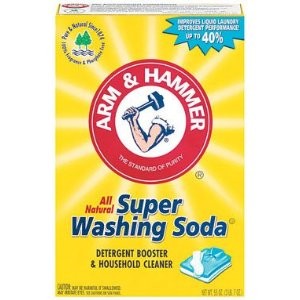Canning your harvest, home-grown or purchased, is a great way to learn how fresh fruits and/ or vegetables make their way from farmland to your pantry. It can seem scary when you first undertake a canning project since there is some opportunity to create spoiled food. I strongly recommend reading reading the "
Ball book", authored by the maker of most canning jars and supplies, before begging a project. Ball covers home preserving, including both methods of canning, water bath and pressure, and has many recipes for you to peruse and test.
Since canning has been gaining in popularity and interest, even Williams Sonoma has a canning line and an online guide to preserving found
here.
Another great online resource can be found at
pickyourown.org. Pickyourown.org lists where you can find fresh, local produce and provides many canning recipes and instruction.
Once you learn the canning basics, it is actually quite easy. We've canned peas (of course), radishes, beets, green beans, tomatoes, okra and more. Next spring we expect big asparagus and strawberry crops and will be preserving much of these garden treats.
Knowing exactly what is in your food is one of the greatest benefits of canning/ preserving. And the added benefits of self- reliance - knowing how to take care of yourself and your family in the event of necessity, self-confidence of knowing that you CAN can, awareness of how commercial canning is done, and almost Emersonian self-worth.
Say you want to do more than make a couple batches of pickles or tomato sauce and the Ball book just isn't cutting for unique, delicious recipes. Liana Krissoff, a master canner and baker, has writted a fabuolous book on canning/ preserving that has a multitude of great, new recipes for canning.
Canning for a New Generation: Bold, Fresh Flavors for the Modern Pantry is both a beautiful book and a instructional guide to canning.
There are several entry level kits that you can use to try your hand at canning. These are great for canning just a few jars in you existing stock pot. Before long you'll own a large waterbath canner and a pressure canner. Enjoy!
**Never change a canning recipe without understanding how it may affect the pH of the batch. **









